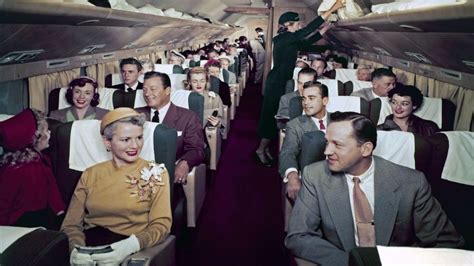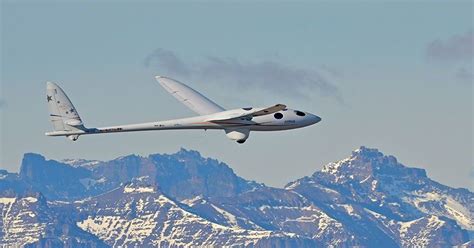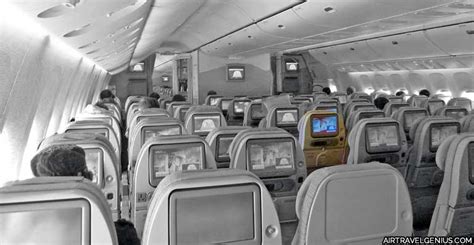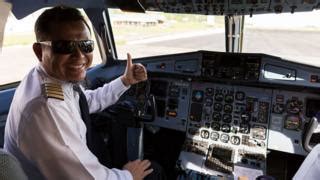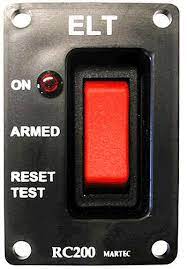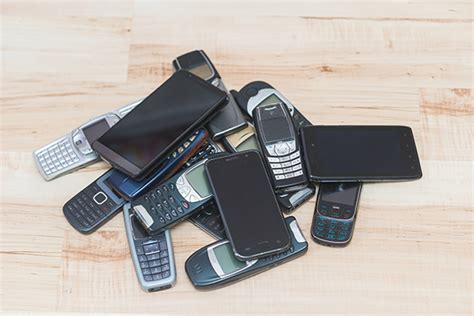
1. Cellphones
- No-one shall use a cellphone
- or other portable electronic device
- which transmits electromagnetic energy,
- on any aircraft operating under IFR.
- Includes during an instrument approach or departure procedure
- or during any other critical phase of flight.
2. Medical / Personal Stuff
- You are allowed to carry
- hearing aids, heart pacemakers,
- electric shavers, portable voice recorders,
- electronic watches; OR
- any other device if the operator believes it is safe.

